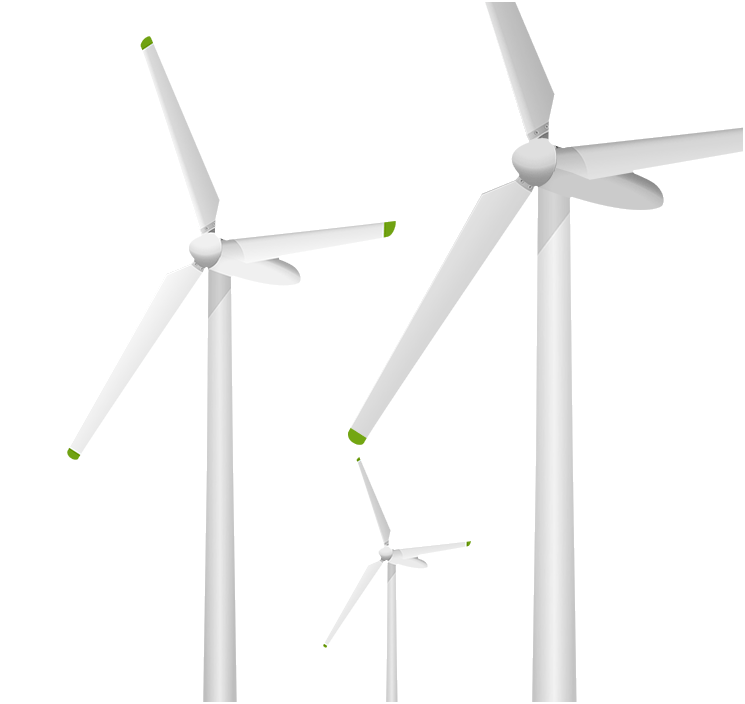Get In Touch With Us
Be Engery Independent with
Phoenix Solar Solutions
We drive the transition to more sustainable, reliable & affordable energy systems.

Phoenix Solar: Your path to Energy Independence begins here.
A solar on-grid system, also known as a grid-tied solar system or a grid-connected solar system, is a type of solar power system that is connected to the main electrical grid. It works by converting sunlight into electricity using solar panels and feeding this electricity into the grid for use by others.
A solar on-grid system consists of the following major components
These are the devices that capture sunlight and convert it into DC (direct current) electricity.
Solar panels are mounted on a mounting structure, which is designed to hold the panels securely in place and optimize their angle and position for maximum energy output.
The inverter is responsible for converting the DC electricity generated by the solar panels into AC (alternating current) electricity that can be used by household appliances and fed into the grid.
A special type of electric meter that measures both the electricity consumed by your home and the excess electricity generated by your solar panels and fed back into the grid.
A solar on-grid system is connected to the main electrical grid. This allows you to use electricity from the grid when your solar panels are not generating enough power, and sell excess power back to the grid when your panels are generating more power than you need.
Some systems may include additional components such as monitoring systems, batteries for energy storage, and surge protectors.
A solar on-grid system, also known as a grid-tied solar system or a grid-connected solar system, is a type of solar power system that is connected to the main electrical grid. It works by converting sunlight into electricity using solar panels and feeding this electricity into the grid for use by others.
The electricity generated by a solar on-grid system can be used to power the electrical needs of a building or home, and any excess electricity can be exported back into the grid. During times when the solar panels are not generating enough power (such as at night), electricity can be drawn from the grid to meet the demand.
A solar on-grid system, also known as a grid-tied solar system, is a solar energy system that is connected to the main power grid. The system generates electricity from solar panels during the day and feeds it back to the grid. At night or during times when the solar panels are not generating enough electricity, the grid provides power to the home or business.
Overall, a solar on-grid system is a cost-effective way to generate clean energy and reduce your reliance on fossil fuels. It also allows you to benefit from net metering, which can help you save money on your electricity bills.
As the sun rises, the solar panels start to receive sunlight and begin generating electricity. The amount of electricity generated will depend on the angle and position of the sun, the weather conditions, and the size and efficiency of the solar panels.
The solar panels generate the most electricity during midday when the sun is directly overhead. This is because the panels receive the most intense sunlight, which allows them to produce more power.
As the sun starts to set, the amount of electricity generated by the solar panels begins to decrease. This is because the angle and position of the sun changes, and the intensity of the sunlight decreases.
When the sun sets and there is no more sunlight, the solar panels stop generating electricity. At this point, the solar on-grid system will start to draw power from the main power grid to provide electricity to your home or business.
We drive the transition to more sustainable, reliable & affordable energy systems.
